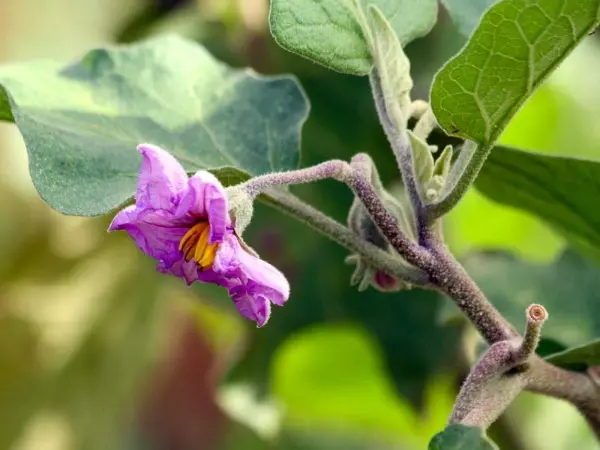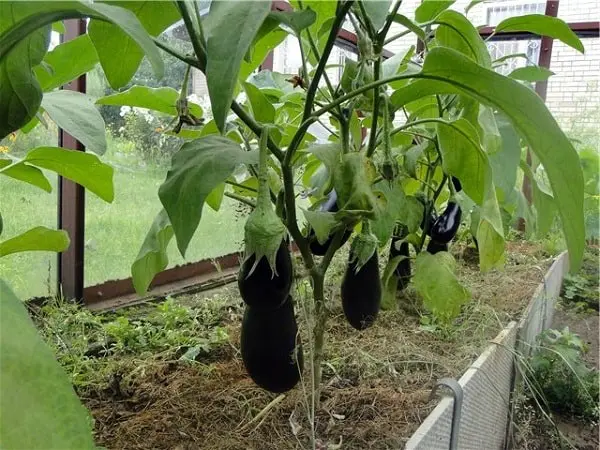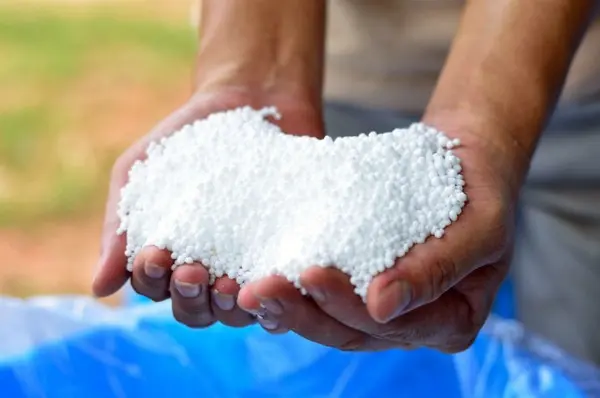Growing in a greenhouse provides many plants with a safe environment, a stable climate, and all the necessary nutrients for stable and healthy development. Some cultures do not require special care, others, on the contrary, are quite picky and react quite sharply to any change – eggplant is one of these. Why flowers fall and eggplant leaves fade in a greenhouse, as well as how to deal with it, you will learn in this article.
Causes
In looking for the source of this strange behavior of a plant, one should pay attention to its basic needs. Eggplants require a lot of light, and if access to sunlight is not limited in a glass greenhouse, then everything is a little more complicated with a film or polycarbonate coating due to their reduced light transmission. Unfavorable shading can also be created by the leaves of the plant, especially if you do not pinch and pinch.
Last but not least, eggplant flowers fall due to watering. It would seem that it can be difficult to water the beds in the greenhouse? However, there are many pitfalls here as well.

Firstly, many gardeners do not monitor the temperature of the water used to water the bush. The soil and air in the greenhouse have a stable temperature, which fluctuates slightly during the day and is in the range of + 25-35 ° C. At the same time, the water temperature should not be lower than +20 ° C, so as not to cause inconvenience to the plant.
Eggplant roots are very sensitive to temperature changes, so try to keep the water warm.
Moreover, watering with cold water often leads to the fact that a weakened plant becomes extremely vulnerable to fungal diseases that are quite difficult to treat.
Secondly, when asking why eggplants shed their inflorescences, rarely does anyone think about the irrigation scheme. On the one hand, often gardeners water the beds too often, so that the bush simply cannot absorb moisture anymore, which means it “floats” in the water and begins to rot. On the other hand, watering can be unsystematic, alternately leaving the plant without water for a long time, then watering almost every day. Both options lead to one answer to the question of why the leaves and flowers wither – the lack and excess of moisture disrupt the vegetative processes of eggplant.

Sometimes the flowers fall off due to high humidity. During flowering and pollination, the vegetable needs an extremely dry environment (with the exception of moist soil) so that pollen does not settle inside the bud. Under the weight of wet and swollen pollen, the inflorescences leave the bush. To avoid such a development of events during the flowering period, arrange ventilation in the greenhouse. This will have a positive effect not only on the inflorescences, but also on the leaves of the eggplant.
If you comply with the irrigation conditions, monitor the humidity of the air and the lighting in the greenhouse, but the inflorescences continue to decorate the ground, and not the bush, carefully examine the leaves of the plant. If discolored dots appeared on them, then a spider mite settled in the greenhouse – one of the most annoying enemies of eggplant. The longer the insect lives on the plant, the more seriously the leaves change – they become covered with a marble pattern and cobwebs along the lower part of the leaf. To combat the spider mite, the bush and walls in the greenhouse must be treated with Fitoverm.

What do eggplants need?
So, having outlined a few “why”, it is worth taking a closer look at what else the little blue ones may want for the normal formation and pollination of inflorescences. First of all, this, of course, is good lighting, regular watering with warm water and the absence of weeds in the garden. Then the leaves, and inflorescences, and ovaries will remain in their places until the due date. Also keep track of the temperature inside. For comfortable growth, blue ones need +25 ° C during the day and at least +15 ° C at night. Low temperatures are another reason why the plant may drop inflorescences.
Do not lose sight of the presence or absence of minerals in the soil. No plant can independently produce enough mineral compounds to ensure growth, flowering, and fruiting. Three key elements for any plant: phosphorus, nitrogen and potassium.
The first weeks of life, seedlings need phosphorus to develop a strong root system, release leaves and form an elastic stem. Moreover, phosphate fertilizers help the blue ones maintain a normal metabolism and distribute the resulting microelements throughout the body.

Nitrogen contributes to the set of green mass. It is when saturated with this element that large leaves grow that can absorb more solar energy. Its presence is especially important in the first half of vegetable growth, while during the flowering period it is better to stop nitrogen fertilizing.
Potassium is necessary for the formation of large buds and large fruits. Its lack is one of the reasons why inflorescences wither and crumble. Boron is also needed to accelerate growth, iron and manganese to saturate fruits with useful trace elements.
After planting seedlings in a greenhouse, feed them with liquid mullein or chicken manure extract, you can also use a yeast solution. Be sure to add a tablespoon of phosphorus, potassium and nitrogen to the mixture. On the eve of the appearance of inflorescences, add phosphorus and potassium mixed with an extract of chicken manure and wood ash. Finally, the last top dressing is carried out during the fruiting period, using the same mixture.
By following these simple rules, you can grow a crop without problems.
Video “Why eggplant flowers fall”
When eggplants are kept indoors, due to the lack of insects, pollination may not occur and the flowers will fall off. What to do in this case, watch this video.









